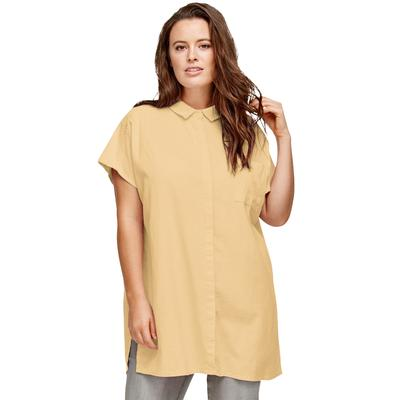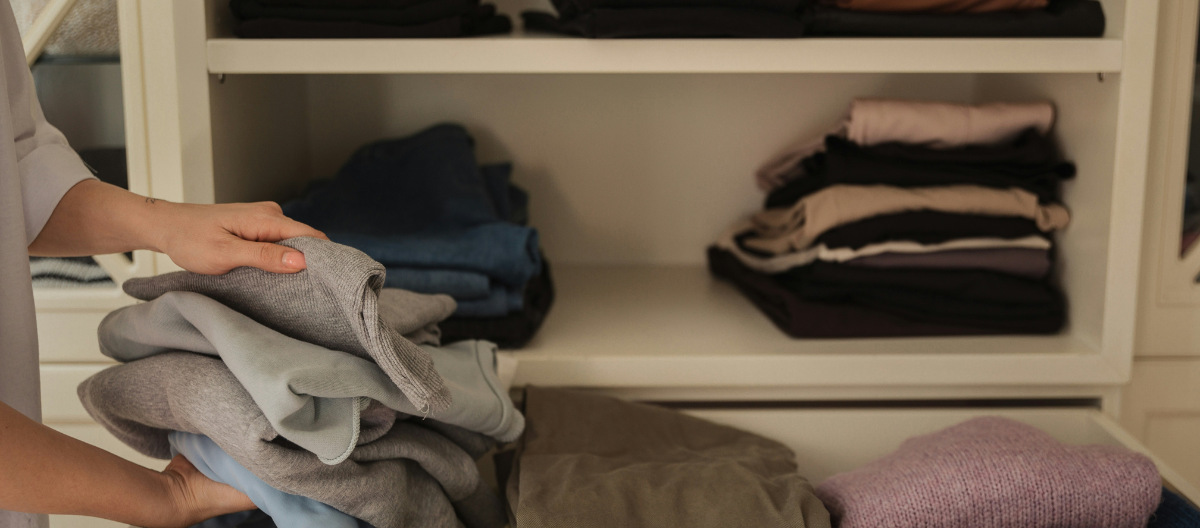Hey Diva dressing fans! When the items we love coincide with brands we work with, Diva dressing will use Paid Links in our articles. If you decide to click on these links and purchase the product, we get a small commission. Our Opinions Are Our Own, but we do add Paid Links as a way to offer these products at no added cost to our readers. Want to know more? Click Here to check out our Terms of Use anytime!
As concerns about environmental sustainability grow, more people are rethinking their approach to fashion. A green closet, one that is built and maintained with sustainability in mind, not only reduces your environmental footprint but also fosters a mindful approach to style. Whether you’re aiming to cut down on waste, choose eco-friendly materials, or support ethical brands, building a sustainable wardrobe is a rewarding process. Here’s how to build and maintain a green closet.
Assess What You Already Own
Before buying anything new, take stock of what’s already in your wardrobe. This is the first step toward reducing waste and curbing the urge for unnecessary shopping.
- Declutter responsibly: Sort through your wardrobe and decide which items you wear frequently, what can be repaired, and what should be donated or recycled. Avoid throwing clothes away, as most textiles end up in landfills. Consider reselling or donating wearable items to charitable organizations or recycling programs for textiles.
- Find new ways to style: Before discarding or donating clothes, explore creative ways to restyle or repurpose them. Sometimes, a forgotten piece can feel new again when paired with a different outfit.
Prioritize Quality Over Quantity
Fast fashion has popularized the habit of buying many inexpensive clothes that are quickly discarded. However, this approach contributes to waste, pollution, and unethical labor practices. A sustainable wardrobe is about quality, not quantity.
- Invest in timeless pieces: Focus on versatile, high-quality items that can be worn for years. Classic pieces like a well-made trench coat, a good pair of jeans, or a quality blazer can be styled in numerous ways and will last far longer than trendy, poorly made items.
- Choose durable fabrics: Look for clothing made from natural, organic, or recycled fibers. Organic cotton, hemp, and linen are more sustainable than synthetic materials like polyester, which are petroleum-based and shed microplastics into water sources when washed. If you do choose synthetic fabrics, opt for recycled versions.
Shop Secondhand and Vintage
One of the most sustainable ways to build your green closet is by shopping secondhand. Purchasing pre-loved items extends the life cycle of clothing, reduces the demand for new products, and saves energy and resources.
- Thrift stores and vintage shops: Many thrift stores and vintage shops offer stylish, unique pieces that are more affordable than buying new. You might also find higher-quality, well-preserved garments from earlier decades that are built to last.
- Online secondhand platforms: Apps and websites like Poshmark, ThredUp, and Depop make it easier to buy and sell secondhand clothing. These platforms are perfect for finding specific items or brands you’re interested in while keeping your purchases sustainable.
Support Ethical and Sustainable Brands
When you do buy new, choose brands that prioritize sustainable and ethical practices. Look for companies that are transparent about their production processes, use eco-friendly materials, and ensure fair labor practices.
- Check for certifications: Certifications like Fair Trade, GOTS (Global Organic Textile Standard), and OEKO-TEX guarantee that the products meet certain environmental and ethical standards. Brands that receive these certifications are committed to reducing environmental impact and promoting ethical working conditions.
- Local and small-batch brands: Supporting small, local businesses that produce clothing in limited quantities is another way to reduce your fashion footprint. These brands often use sustainable materials, and their production processes are more transparent than large, fast-fashion companies.
Care for Your Clothes to Extend Their Lifespan
The longer you can keep a piece of clothing in good condition, the more sustainable your wardrobe becomes. Taking proper care of your clothes can significantly extend their life.
- Wash with care: Follow the care instructions on your clothes to prevent shrinkage, fading, or damage. Consider washing clothes in cold water and air drying when possible to reduce energy consumption and wear on fabrics. For delicates and natural fabrics like wool and silk, use a gentle detergent and avoid high-heat drying.
- Mend and repair: Learning basic sewing skills can save many items from the trash. Simple repairs, like fixing a seam, patching a hole, or replacing a button, are often all that’s needed to restore an item. Many tailors and cobblers offer affordable repair services for more complex fixes.
- Rotate your wardrobe: To avoid over-washing or wearing out clothes too quickly, try to rotate what you wear regularly. This will allow all pieces to get equal use and reduce the strain on any one garment.
Adopt a Mindful Shopping Approach
Fast fashion thrives on impulse buying and trends, which can lead to a closet full of clothes that rarely get worn. Being mindful when shopping is key to building and maintaining a sustainable wardrobe.
- Create a capsule wardrobe: A capsule wardrobe is a small collection of essential, versatile pieces that can be mixed and matched to create many different outfits. This approach simplifies your wardrobe, reduces decision fatigue, and encourages thoughtful purchasing.
- Buy only what you need: When shopping, ask yourself if you truly need the item, if it matches your existing wardrobe, and if it can be worn multiple times and in different ways. Avoid buying clothes simply because they are on sale or trending.
- Consider cost per wear: Instead of focusing on the upfront cost of an item, think about how often you’ll wear it. A high-quality jacket that costs more but is worn frequently will end up being more sustainable (and cost-effective) in the long run than a cheaper, trendy jacket that only gets worn once or twice.
Be Conscious of Fashion Waste
As you transition to a green closet, it’s important to minimize fashion waste not just during purchases but also when discarding items.
- Textile recycling programs: Many brands and local recycling centers offer textile recycling programs where old, damaged clothes can be repurposed into new materials or products.
- Clothing swaps: Participate in clothing swaps with friends or community groups. This gives you the chance to exchange items you’re no longer wearing for something “new” without buying anything.
Here are some products you can try on
Lucky Brand Striped Linen Crop Cami $11.89
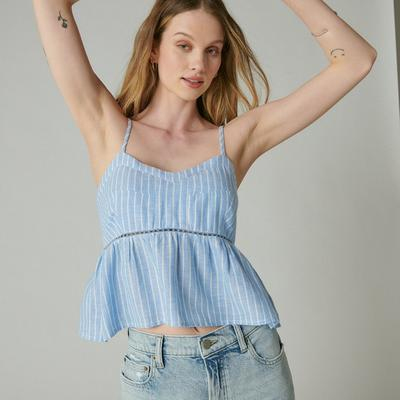
Lucky Brand Plaid Linen Cutout Babydoll Dress $20.99
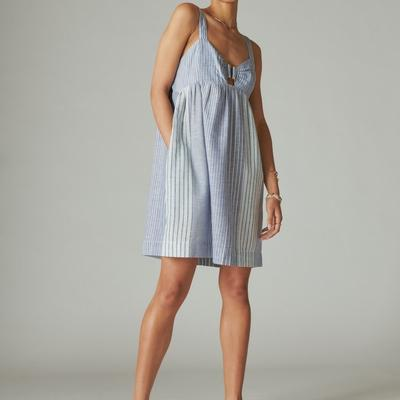
Lucky Brand Textured Yoke Peplum Tank $10.49
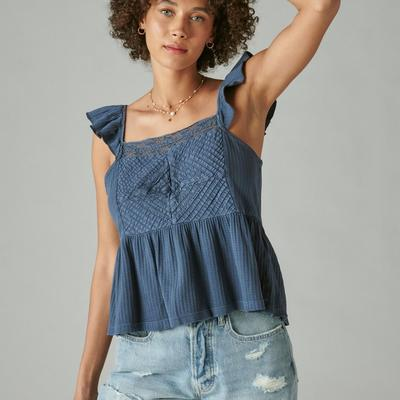
Lucky Brand Button Fly Eyelet Short – Women’s Shorts Denim Jean Short $17.49

Lucky Brand Utility Pocket Short $17.49
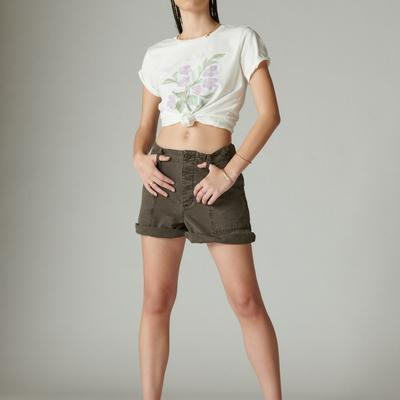
Lucky Brand Mid Rise Ava Skinny $17.49
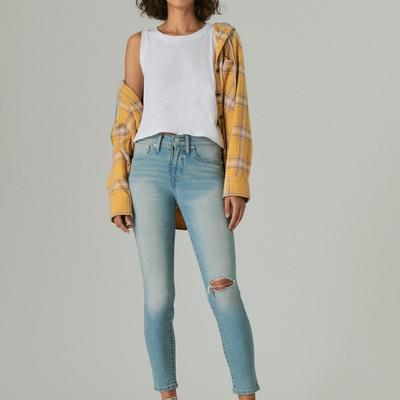
Lucky Brand Low Rise Lolita Skinny Jean $17.49
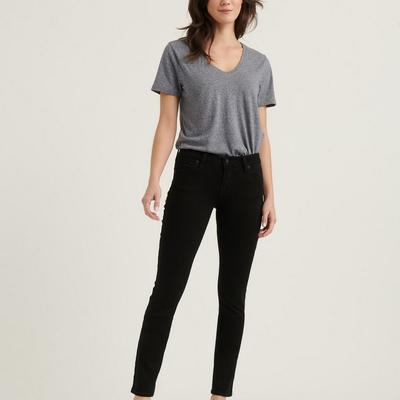
Flat Front Linen Capri by Catherines $11.99
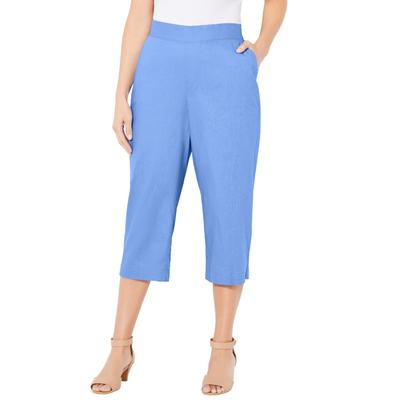
Sleeveless Linen Georgette Tiered Back Tunic by Jessica London $17.98
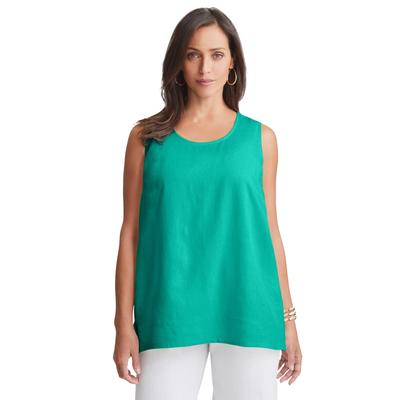
Linen-Blend Button Front Tunic by ellos $19.98
